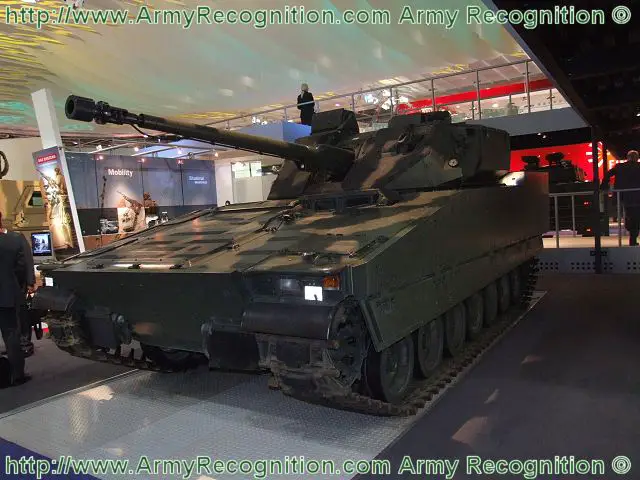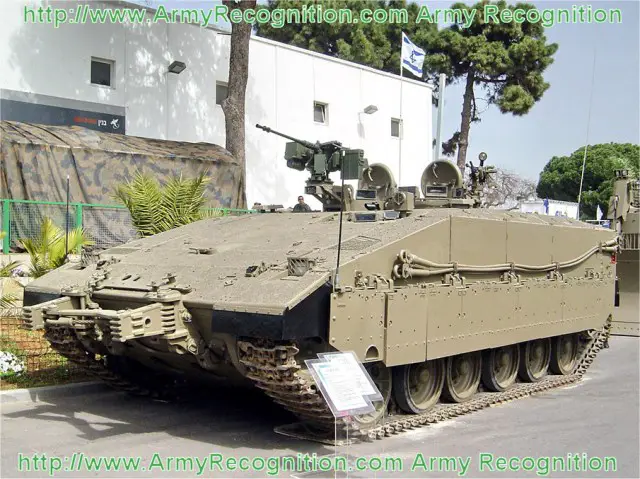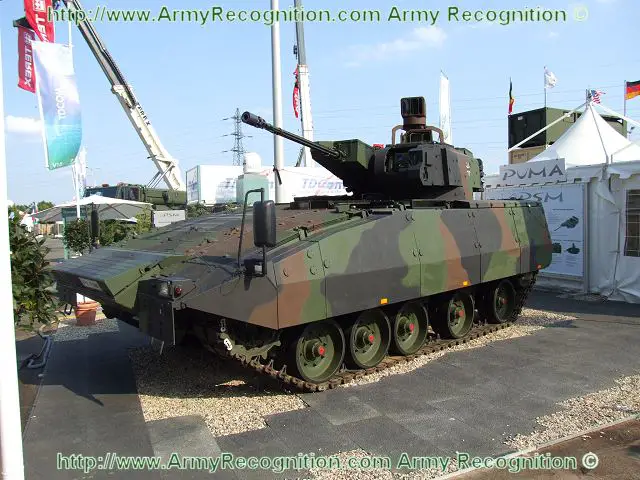Breaking news
U.S. Army tests Israeli Namer and Swedish CV90 as a part of Ground Combat Vehicle program 2502122.
| a | |||
Defense News - United States |
|||
| Saturday, February 25, 2012, 02:55 PM | |||
| U.S. Army tests Israeli Namer and Swedish CV90 as a part of Ground Combat Vehicle program. | |||
As
part of its Ground Combat Vehicle (GCV) program, the United States Army
plans to test Israeli and Swedish tanks this spring at White Sands Missile
Range, N.M. Specifically, the Army will take the
Israeli Namer armored personnel carrier and the Swedish
Combat Vehicle 90 (CV90), Col. Andrew DiMarco, GCV project
manager, told reporters at the Association of the U.S. Army winter symposium
in Fort Lauderdale, Fla. |
|||
| |
|||
The assessments are part of the Army’s look at existing vehicles that may meet the service’s need for a new infantry fighting vehicle. A team from the Army’s Training and Doctrine Command has been in Israel for the last month doing user assessments of the Namer, which is built by General Dynamics Land Systems for the Israeli military, DiMarco said. “We’ve gotten a lot of great insight into how the Israelis designed that particular [armored personnel carrier],” he said. The TRADOC team has also put U.S. soldiers in the vehicle to get a better sense of it, he added. Next, the Army will bring the Namer to White Sands Missile Range for further training and a user assessment this spring. |
|||
Along with the Namer, the Army will try out the Swedish CV90, which is built by BAE Systems. It will also assess the Bradley M2A3 fighting vehicle, another BAE Systems vehicle, and the Stryker double-V-hull vehicle, built by General Dynamics. The
Army will also assess a Bradley without a turret, DiMarco said. The idea is to take advantage of the infrastructure that has been set up there as part of the Network Integration Evaluation. “It’s a great opportunity to reduce some cost and take advantage of the systems out there,” DiMarco said. Assessing existing vehicles is just one of three efforts the Army is working on simultaneously as part of the GCV program. The service is requesting $640 million for GCV in 2013. The one that receives the most attention is its competitive technology development program, for which the Army awarded contracts to teams led by General Dynamics Land Systems and by BAE Systems. A third team, led by SAIC, did not receive a contract and protested the Army’s decision. In December, the Government Accountability Office announced it had denied the company’s protest. The basis of the SAIC bid was the Puma. The industry team included Boeing and Germany’s Krauss-Maffei Wegmann and Rheinmetall. |
|||
The 90-day delay resulting from the protest has pushed the program’s schedule to the right, slipping production further into the future. Earlier this month at the Pentagon’s rollout of its 2013 budget request, DoD officials said this delay would amount to $1.3 billion in savings. The third GCV effort is what the Army is calling an analysis of alternatives (AoA) update. Before launching the technology development program, the Army conducted an AoA. However, the Army canceled its first request for proposals and subsequently changed its GCV requirements without updating the alternatives analysis. The new study is supposed to provide a more thorough picture of what the Army’s options are besides buying an entirely new vehicle. All of these efforts are supposed to provide the Army with more cost data and technical information before the service moves into the engineering and manufacturing development phase, DiMarco said. The Army could change its requirements for the vehicle based on what it learns over the next several months. |
|||





























